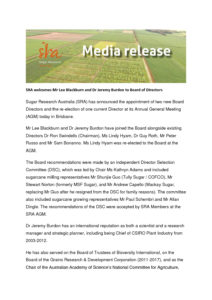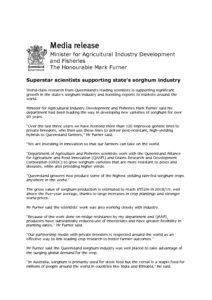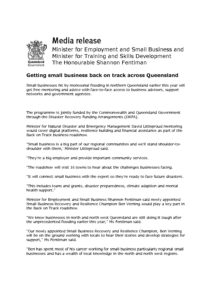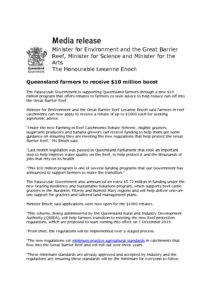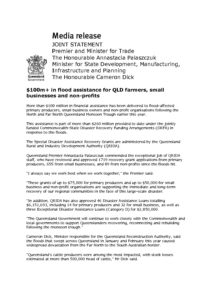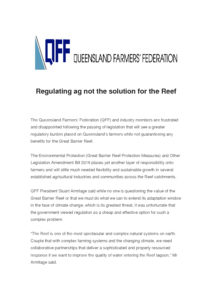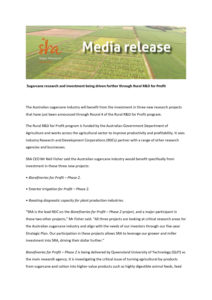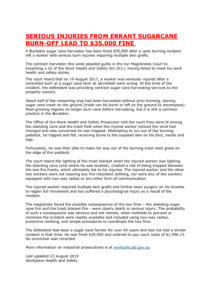Category: Media Releases
Media
SRA – Media Release – Appointment of new Directors
QLD Govt – Media Release
QLD Govt – Media Release
QLD Govt – Media Release
QLD Govt – Media Release
SRA Media Release
QFF Media Release
SRA Media Release
WORKPLACE HEALTH & SAFETY MEDIA RELEASE
ATTENTION MEMBERS
Recent news release by Workplace Health and Safety reinforces the needs for growers to ensure safe workplace procedures and practices are in place/adhered for employees as well as contractors/contractors employees whilst onfarm.
Les Elphinstone
Manager KCGO
(click to view full size)

